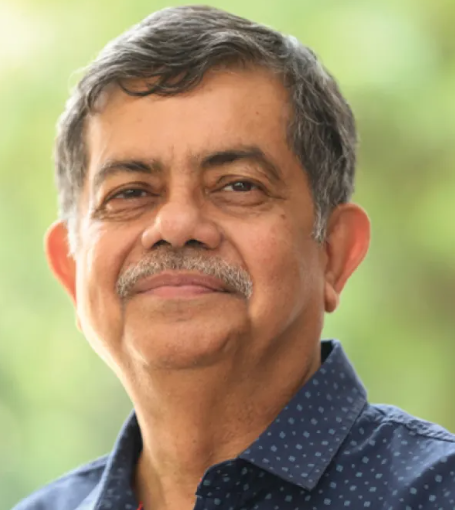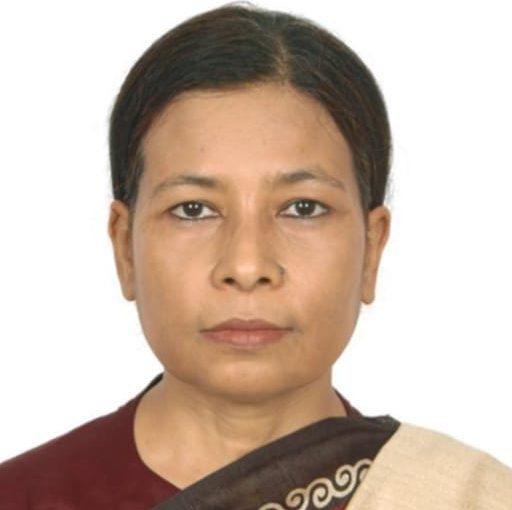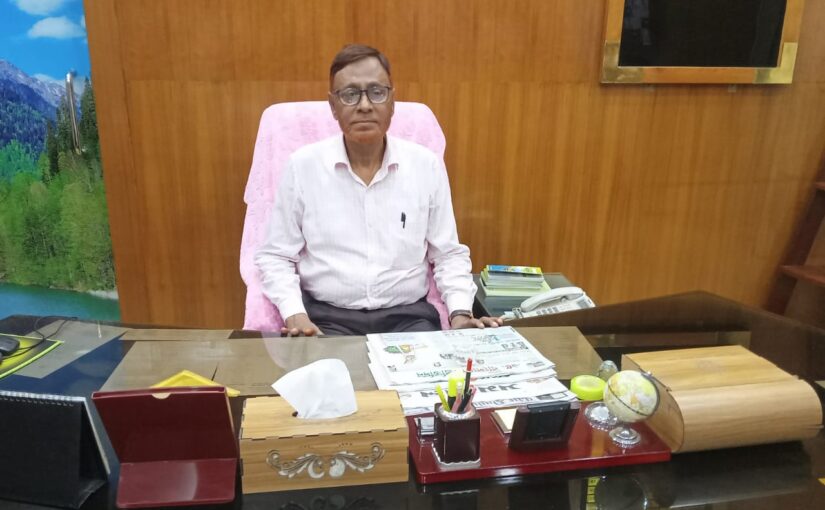History
A brief history of the traditional poet Nazrul Government College During the tenure of the Lieutenant Governor of Bengal, Sir George Campbell, with the approval of the Madrasa Reforms Committee, three new madrasas were established in Dhaka, Chittagong and Rajshahi in 1874 on the model of the Calcutta Alia Madrasa with the money from the Mohsin Fund. Although the newly established madrasas were named Mohsinia Madrasas in homage to Haji Mohammad Mohsin, the madrasas established in Dhaka became widely known as Dhaka Madrasas. These were the first government educational institutions for Muslims in Bangladesh during the British rule. Earlier, in July 1873, according to a government decision, a grant of ten thousand taka was arranged for Dhaka Madrasa from the Mohsin Fund annually. For a long 42 years, all the expenses of Dhaka Madrasa were met from the Mohsin Fund. On November 16, 1915, a government order entrusted the responsibility of bearing the expenses of the madrasa to the Bengal government. In 1880, under the supervision of the first principal, Maulana Obaidullah Al Obaidi, the madrasa building was built according to Muslim architectural style. The building was designed by Major Mann. Engineers Vivian and Scott built the new building according to that design. Engineer Rakhal Chandra Das assisted them in this work. He arranged to open English classes at the very beginning of the madrasa, and Babu Rajendra Mohan Dutt was the first headmaster of the English department (later the Anglo-Persian department). After his death, his name was engraved on a white stone plaque on the northern wooden staircase of the main building of the college by the students. The madrasa had seven classes. Only Arabic students studied in the Arabic department. English students studied in the English department (later the Anglo-Persian department). This department taught up to entrance. Students first took the entrance examination from here in 1881. The English department taught Arabic and Persian, as well as English and Western culture and science. Within a few days, this department gained so much popularity that by 1883, out of the 338 students of the madrasa, 202 were in the Anglo-Persian department. In 1915, the government introduced the New Scheme education system like other madrasas, and the Dhaka Madrasa High Madrasa became. In 1916, the Anglo-Persian department was separated and became the Dhaka Government Muslim High School. In 1919, the Special Islamic Matriculation Examination and in 1921, the Special Islamic Intermediate Examination were introduced. In 1923, this institution was converted into the Islamic Intermediate College to facilitate the admission of students to the Islamic Studies Department of the University of Dhaka, established in 1921. In 1947, there were 4 classes in the Madrasa Department and 2 classes in the College Department. The Humanities Department was opened in 1957 and the Science Department in 1970. On the recommendation of the National Education Commission in 1958, the madrasa was abolished in 1962 and the madrasa classes were converted into secondary classes and Dhaka Madrasa became known as the school division of the Islamic Intermediate College. Then in 1968, the school was separated from the college and named Islamia Government High School, Dhaka. This school’s activities are still going on on the ground floor of the main building of the college. After the school was separated in 1968, the name of the college was also changed to Government Islamia College, Dhaka. In 1972, the name was changed again to ‘Kabi Nazrul Government College’. It has been known by this name till date. The number of books in the library is about 30 thousand. There are currently 109 teachers (including adjuncts) working in the 17 departments of the college. Although it started its journey with 169 students in 1974, the current number of students in this institution is about 21,000.





